On May 17, 2014, a Saturday morning, a bunch of very bored, very geeky dads on Twitter spontaneously created something weird and fun. Jacob Harris kicked it off, I helped get it going, others joined in. Dan Sinker called it The People’s History of Tatooine, and that name has stuck.
Since Storify has announced that it’s shutting down, I’ve been looking for a permanent home for the People’s History. A lot of the tweets have been deleted, and threads have been broken. I also wanted something without the Twitter-y cruft, but that still preserved the back-and-forth, so I decided to format it kinda like a teleplay. Jason suggested posting it here at Kottke.org. I can’t think of a better home for it.
JACOB HARRIS
What if Mos Eisley wasn’t really that wretched and it was just Obi Wan being racist again?
TIM CARMODY
What do you mean, “these blaster marks are too precise to be made by Sand People?” Who talks like that?
JACOB HARRIS
also Sand People is not the preferred nomenclature.
TIM CARMODY
They have a rich cultural history that’s led them to survive and thrive under spectacularly awful conditions.
JACOB HARRIS
Mos Eisley may not look like much but it’s a a bedroom community with decent schools and affordable housing.
TIM CARMODY
You can just imagine Obi-Wan after years of being a Jedi on Coruscant being stuck in this place and just getting madder and madder.
JACOB HARRIS
yeah nobody cares that the blue milk is so much more artisanal on Coruscant
TIM CARMODY
Obi-Wan only goes to Mos Eisley once every three months to get drunk and he basically becomes like Byron.
JACOB HARRIS
so he clings to things like lightsabers and ancient Jedi religion…
“I’m just saying you can’t trust a man what plays in a cantina band. Not you, Figrin D’ith. You’re one of the good ones!”
I also imagine Tosche Station as some sort of affluent suburban mall where Luke just goes to loiter when bored.
TIM CARMODY
That’s totally true about dudes in cantina bands though
JACOB HARRIS
you don’t get to be Max Rebo overnight. Playing in the cantina is like their version of the Beatles in Hamburg, Tim.
TIM CARMODY
Luke is such a little shit. Imagine Lucas’s direction: “Mark, just reach out and grab the bartender by the sleeve.”
JACOB HARRIS
All I’m saying is that for a place he allegedly hates, Obi Wan sure knows exactly where the best cantina is. Maybe what Obi Wan really hates is himself for having a good time and enjoying the cantina scene
TIM CARMODY
he goes home with one of Jabba’s six-boobed dancers and hates himself for it
JACOB HARRIS
that Obi Wan thinks his little “put the hood over my head and make strange noises” is what scares Sand People is racist too. Maybe they just run because they don’t want to deal with the racist old man who gets violent and complains more will come back
FRANCIS HWANG
You can’t be mad at Obi Wan. That’s just how all the Jedi talked back then.
JACOB HARRIS
“more civilized time?” Check your privilege, Obi Wan
FRANCIS HWANG
“When I was growing up we called the Sand People ‘savage’, but we didn’t mean anything by it… The Sand People used to know their place until those Imperial carpetbaggers came here and started putting ideas in their heads.”
AZIZ GILANI
The ‘sand people’ were really just desert nomads emancipating the massive slave population. #Perspective
JACOB HARRIS
the Tusken People. “Raiders” presumes some malevolent intent. They are trying to preserve the desert habitat and Luke wants to race through it in his speeder. The Tusken are just trying to keep parts of Tatooine wild and undeveloped by heavy industry.
JAMES SCHIRMER
One could argue calling them “Tuskens” is little better than “Raiders.” See: http://starwars.wikia.com/wiki/Fort_Tusken …
JACOB HARRIS
they use it to rob the slur of its power
SKOTT KLEBE
Belatedly realizing that in a crime scene distinguished by precise blaster marks, Storm Troopers are your last suspects. I mean, based on the rest of the movie, should say “These blaster marks are too precise to be made by Storm Troopers.” But who’s right there pawning the guilt off on the Empire? And who used to be a renowned Jedi marksman himself? Obi-wan!
Connect the dots, people! It was Obi-Wan from the beginning!
Face it - Obi-Wan killed Uncle Owen and Aunt Beru in order to let Luke to sell his speeder for funds to leave the planet.
ELON GREEN
A small part of me wishes I understood this.
JACOB HARRIS
it’s a pretty obscure film
DAN SINKER
The People’s History of Tattoine that Jacob Harris and Tim Carmody wrote this morning is an essential document.
JACOB HARRIS
all I’m saying is that I don’t blame the Tusken People for steering clear of the racist, violent and armed old man
DAN SINKER
“he’s making those noises again, honey bring the kids inside.”
JACOB HARRIS
and the Greater Mos Eisley Business Improvement District doesn’t care about the rantings of a separatist hermit
SCOTT KLEIN
Actually they’re so offended by being called “sand people” that they beat up any outsider who wanders by.
DAN SINKER
think of the number of letters he wrote in to the Tattoine Times-Call
SKOTT KLEBE
But traveling in a straight line to conceal their numbers? That’s just plain deceptive.
DAN SINKER
THAT’S JUST HOW THEY *WALK* MAN.
JACOB HARRIS
it’s a nature preserve, Scott, and Luke just thinks he can drive his speeder through it. Like anybody forgets what Luke and his friends did to native womp rat populations at Beggars Canyon Park
SKOTT KLEBE
but how can you trust people who walk like that? They must be up to all kinds of stuff. Tricky walking, ew.
JACOB HARRIS
they’re only concealing their numbers if you have trouble telling them apart
SKOTT KLEBE
If they wanted us to be able to tell them apart, they shouldn’t conceal their faces. Their fault, not mine.
JACOB HARRIS
maybe those are their faces, Skott. Sheesh!
DAN SINKER
Jesus old man, aren’t you late for a pancake breakfast at the Jedi Knights Lodge?
SKOTT KLEBE
is it racist that I don’t think skin can be made out of canvas and metal?
DAN SINKER
Not *All* Jedi.
SKOTT KLEBE
if liking Jedi “no hands” pancakes is wrong, I don’t want to be right.
SCOTT KLEIN
And let’s face it, there’s good reason for them to distrust Skywalkers.
JACOB HARRIS
Child of known felon hanging out with a violent separatist and disturbing the peace of their home
DAN SINKER
it’s not like it was generations ago. The kid’s *dad* was The One Who Killed. Didn’t even change his name.
JACOB HARRIS
so it might seem extreme to knock Luke out and vandalize his annoying speeder, but they’d had enough.
SCOTT KLEIN
If c3po hadn’t fallen off that ledge he’d have translated Tusken. “You’re scaring us! We mean you no harm!”
TIM CARMODY
Luke and Obi-Wan don’t even stand up for their droids, man. Tattooine is so fucking racist.
JACOB HARRIS
no, it’s very diverse. Which is why Obi Wan hates it.
TIM CARMODY
That bartender is no prize either, is all I’m saying. And they let Threepio get kicked out like it’s nothing
SKOTT KLEBE
Now you’re just forcing your affluent Coruscantist cultural standards on them.
TIM CARMODY
My freedom is bound up with everyone’s freedom, whether they’re Jedis or Tuscans or droids or Hutts.
SKOTT KLEBE
You’re hurting the revolution with this talk.
TIM CARMODY
You can have your species-ist *Rebellion*; I’m talking about real revolution.
DAN SINKER
“Used to be that every kind of creature turned out for the podrace. Now we just keep to our own.”
JACOB HARRIS
the Tusken who scares Luke when he’s using his binoculars is just an old man with a walking stick
TIM CARMODY
Mos Eisley hasn’t been the same since the Spaceport Riots in ‘67. Then they built Tosche Station and…
DAN SINKER
can you blame them for rioting? I mean Anakin did come in and “slaughtered them like animals.” His words, man
ANIL DASH
You’re all talking small potatoes. Big story is Palpatine’s equity in Sienar Systems.
TIM CARMODY
Your “Big Story” of the military-imperial complex lets you ignore what’s right in your FACE
ANIL DASH
the economic system is predicated on turning a man born into slavery against persons of sand. NOT ALLDERAAN!
DAN SINKER
YOU GUYS this is the exact thing those crazy old wizards want us to do: fight against each other.
SCOTT KLEIN
I hear they recruited child soldiers to blow up a gov’t building on Endor.
DAN SINKER
don’t even get me started on what they did to the Hothian ice caps.
JACOB HARRIS
you’re walking single-file to avoid damaging gundark nests and some jerk in a speeder races in… of course you’re going to knock him and out and vandalize his speeder to warn him and friends
TED HAN
Hey the Jedi have a multi-generational history of child labor & gambling on children.
MICHAEL DONOHOE
Not fair - Jedi provided shelter, regular meals, education, social mobility
MIKE MONTEIRO
Say what you will about the Empire, but supply ships arrived on time.
TIM CARMODY
You can do a lot of things on time if you don’t even care about your own clones.
MIKE MONTEIRO
The clones knew what they were signing up for.
DAN SINKER
The Rebellion: they get their *one* Mon Calamari general to sell the world on a plan that was *clearly* a trap
TIM CARMODY
I think Akbar, Calrissian, and Mon Mothma were set up to take the fall, frankly.
DAN SINKER
let’s give the drug runner a medal, but have the Wookie that does everything stand around with the Droids.
TIM CARMODY
I was wondering when we’d get here. The clearest evidence racism isn’t just hearts & minds, but institutional. Offstage, R2 shouts “THIS IS SOME BULLSHIT,” and they just turn and laugh right in his face.
JACOB HARRIS
maybe Chewbacca didn’t want to take their bullshit medal. He doesn’t need their approval
DAN SINKER
meanwhile, Da Mayor is all, “Wookie, always do the right thing.”
ANIL DASH
Given the Mon Calamari tendency to treat Bothans as disposable, it’s no wonder why Akbar got to be the token.
TIM CARMODY
Another way the original trilogy is superior to prequels: its characters seem racist, rather than its author.
ANIL DASH
imagine an Ep 1 that was about Palpatine manipulating tensions between Amidala and the Gungans.
JACOB HARRIS
I think Lucas thinks he’s making a deep statement about racism using droids
ANIL DASH
except he never touches it again and they are never liberated. So.
TIM CARMODY
Droids in the OT are almost exactly slaves. Socially, they are treated precisely as slaves were treated. Especially classical slavery (Rome, etc.), the parallels are astonishing.
SKOTT KLEBE
Jawas drive Tuskens away from sustainable agriculture by creating a market for captured droids.
MICHAEL DONOHOE
agreed - attempts to disrupt Jawas crowdsourced droid marketplace point to old ways of thinking
ANIL DASH
and what do we know about environmental impact of extractive factory farming like water evaporation?
MIKE MONTEIRO
Fair. But what about the evaporation farmers? We need to teach that whole sector new job skills.
ANIL DASH
last time someone “disrupted” that sector, we ended up with a bunch of astromechs nobody can repair.
MIKE MONTEIRO
Because the Trade Federation was funding anything they could flip to the Empire. Remember Droidr?
ANIL DASH
well, if you make anything original, they’ll just rip it off on Kamino. In the new R2 units, they can only project holograms you buy from Industrial Automaton.
JACOB HARRIS
can we get back to the Rebellion exploiting native population as soldiers on Endor?
TIM CARMODY
First they totally underestimate them. Then they trick them. Then they send them to die.
JACOB HARRIS
in Clone Wars all Jedi are automatically Generals despite no experience. Clones die.
MIKE MONTEIRO
How did OUR moisture get under THEIR sand?
JACOB HARRIS
highest rank a clone could get was Commander. No wonder they fragged Jedi in the end
ANIL DASH
ORDER 66 WAS AN INSIDE JOB
JACOB HARRIS
Order 66 wasn’t brainwashing, it was the chickens coming home to roost
ANIL DASH
what are the odds the same guy survives Order 66 and *both* Death Stars exploding?
MIKE MONTEIRO
If @darth was awake we’d be looking at a gif of Admiral Akbar reading My Pet Goat right now
ANIL DASH
@darth WAKE UP GREEPLE
MIKE MONTEIRO
Follow the galactic credits. Who was awarded the Death Star contracts? Twice.
SKOTT KLEBE
how deep does the rabbit hole go?
SKOTT KLEBE
here I always thought Kenobi was playin cool, not recognizing R2 and C3PO in Ep 4. Now seems more likely R2 and C3PO were just two of the millions he’d betrayed in his life, and who can keep track?
JACOB HARRIS
“hello there friend” and “I don’t recall owning a droid” are subtle threats to R2 to shut up
SKOTT KLEBE
“And we are friends, right? You wouldn’t want _not_ to be friends, would you?”
MIKE MONTEIRO
Follow the death sticks and you get a death stick case, but follow the galactic credits…
TIM CARMODY
Never forget that the movies aren’t historical documents, but propaganda 1000s years later. If all this is IN legends Republic/Jedi use to justify Rebellion, imagine what’s left OUT.






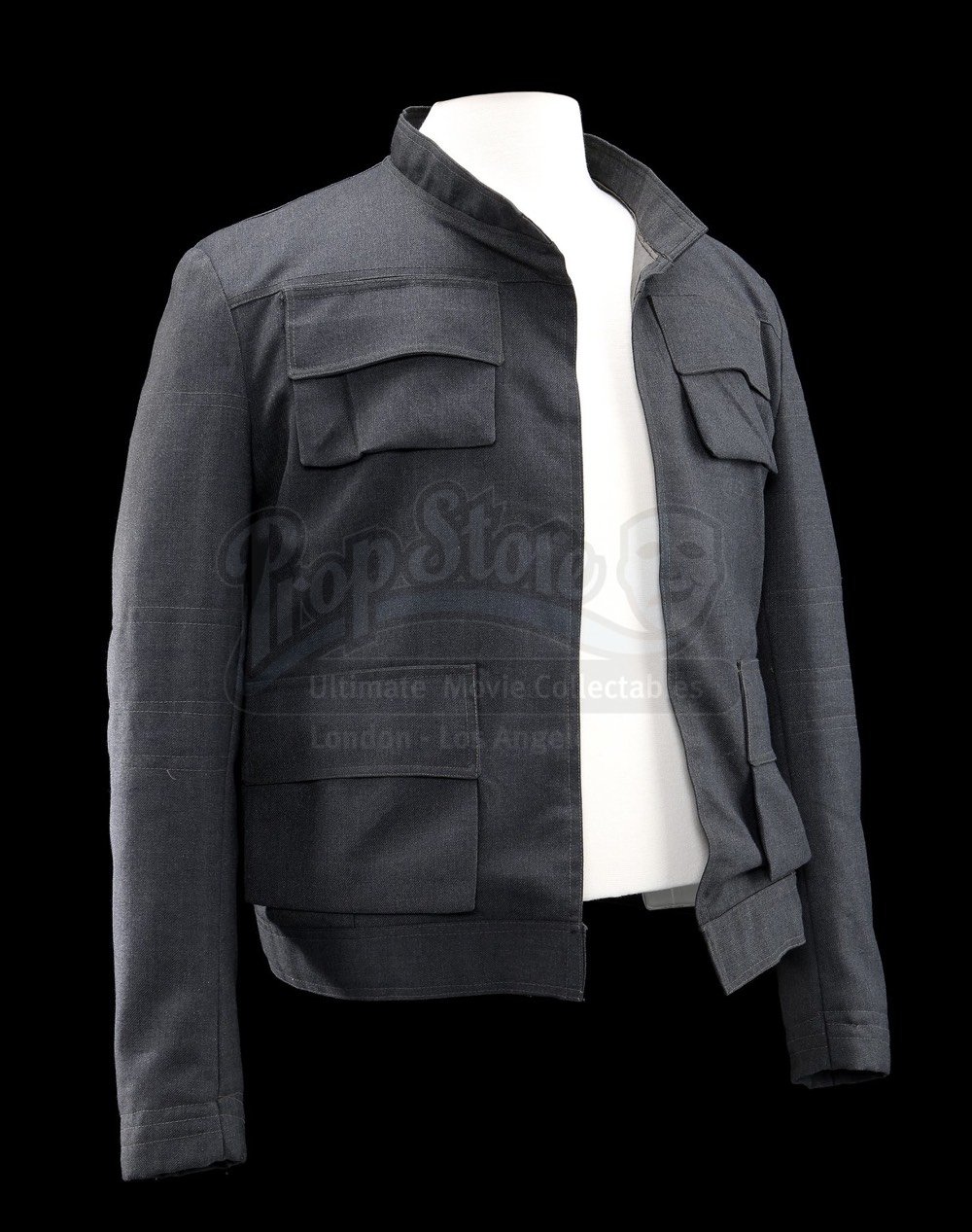


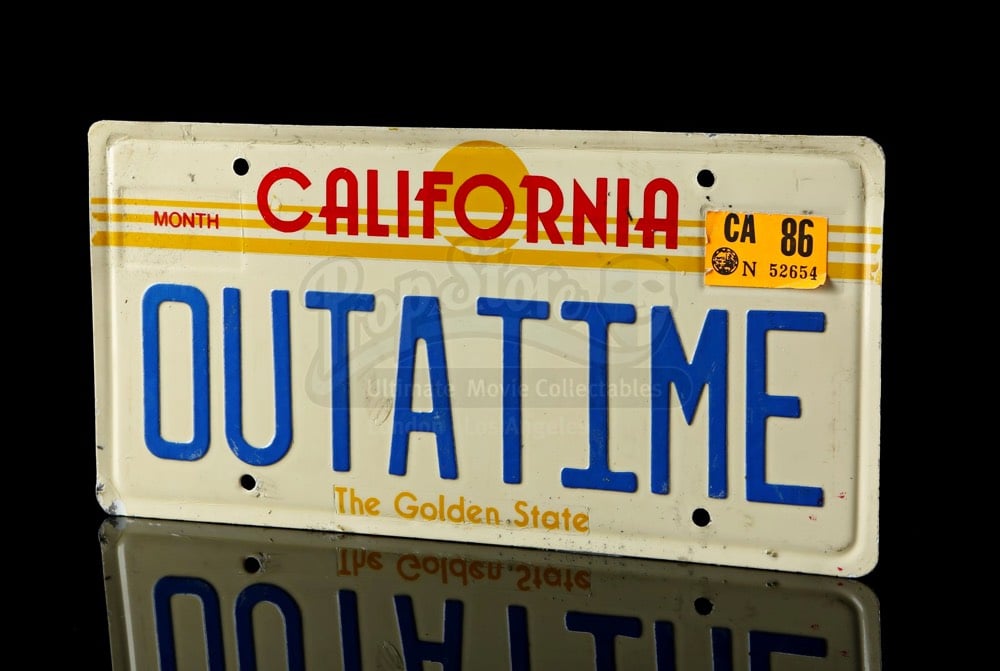



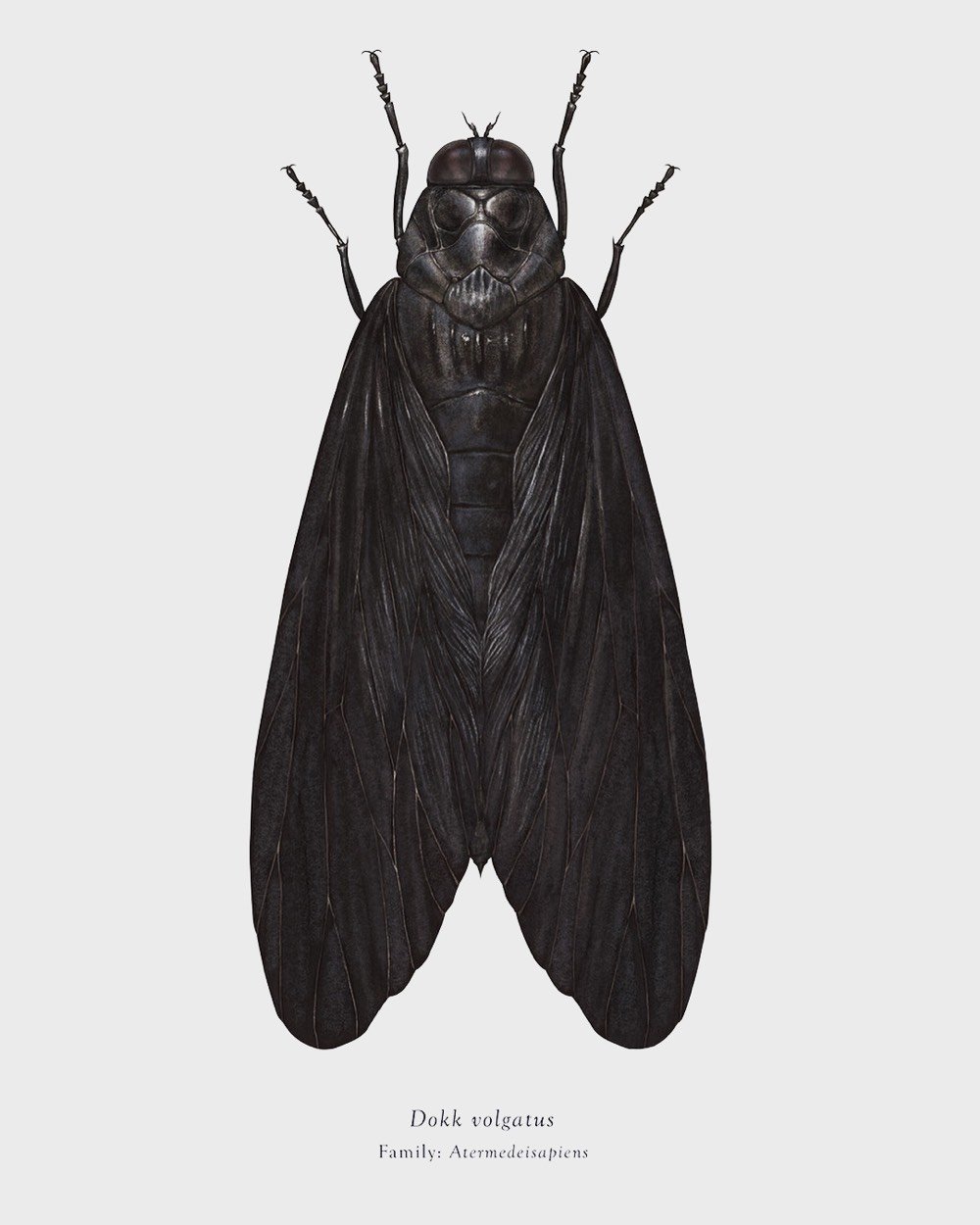

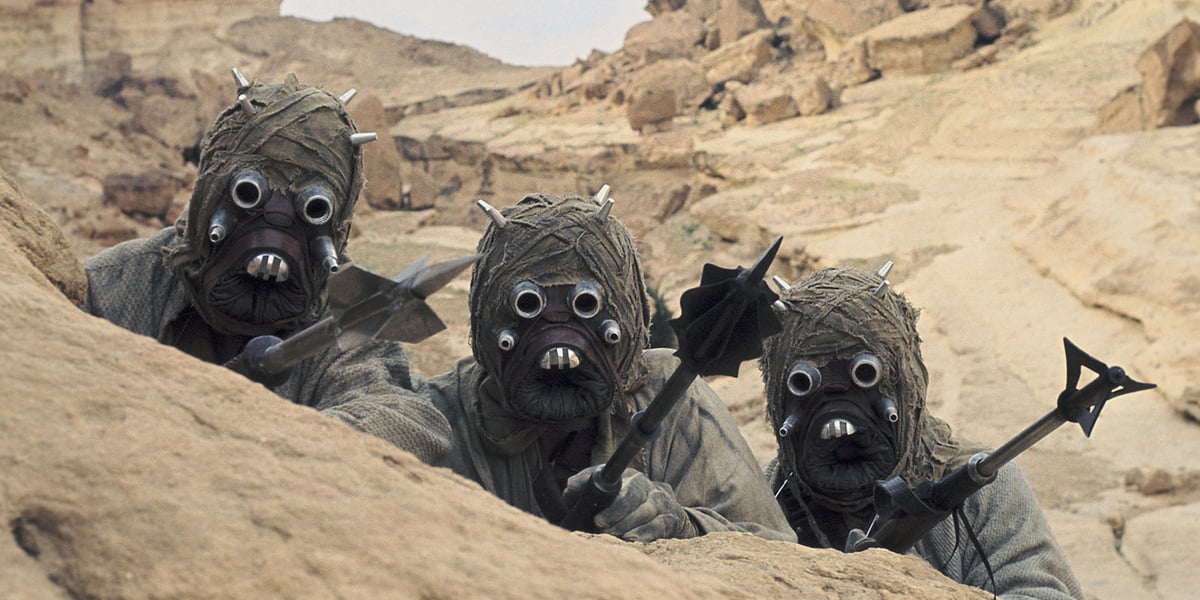



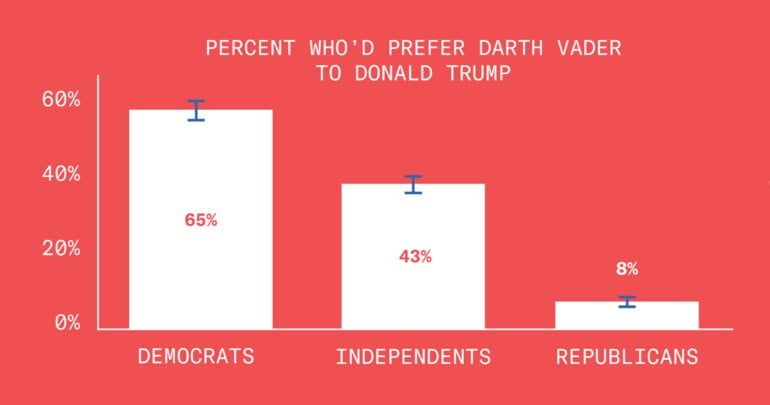
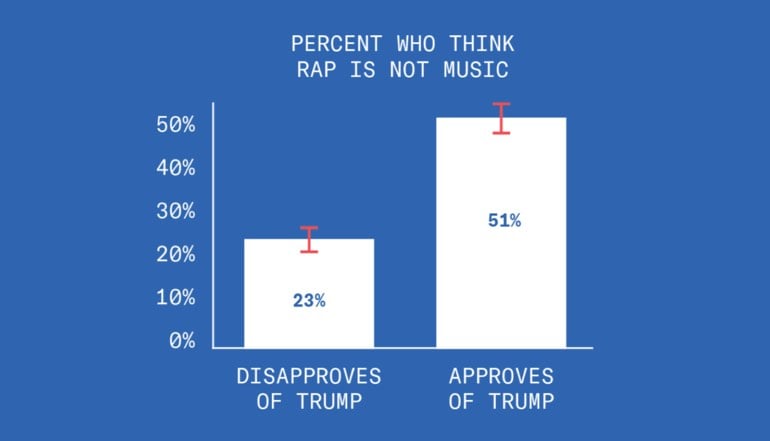
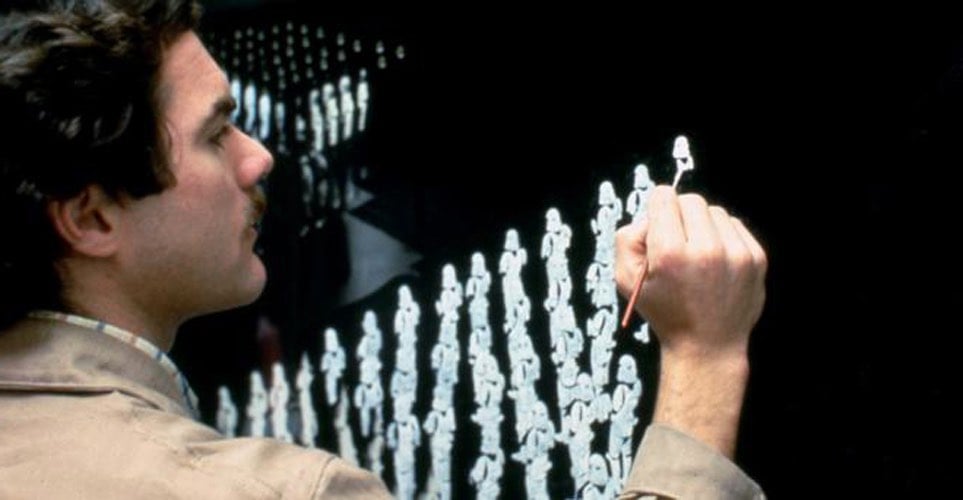


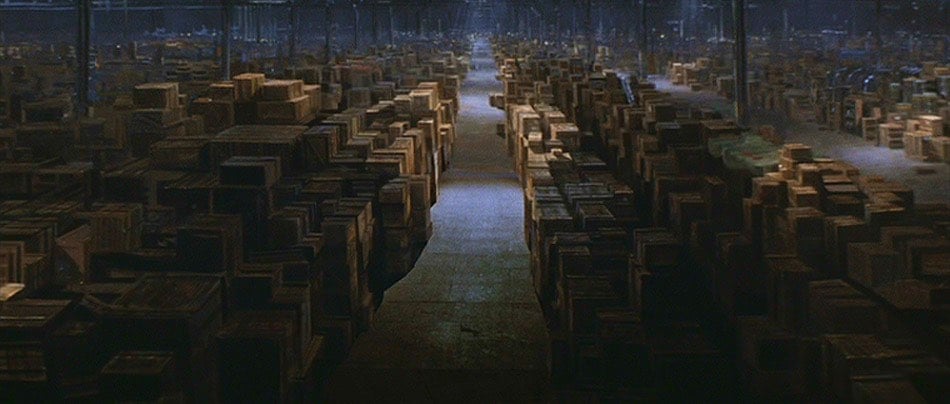
Stay Connected